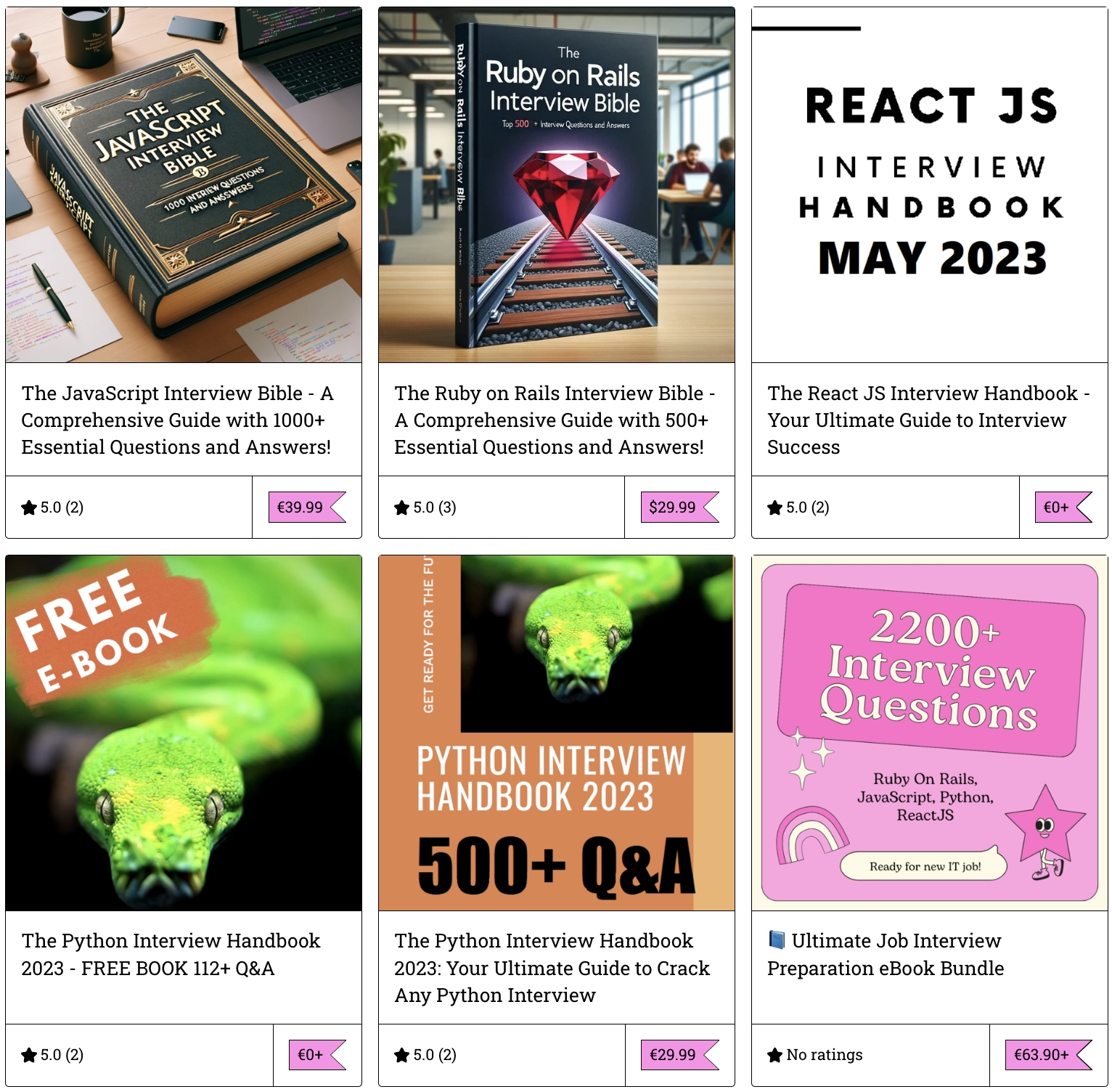Nine tips for Rails migration mastery
25-Oct-2018 2371
Several guidelines to help you navigate the many database changes you'll make throughout your career as a Rails developer.When backfilling or transforming data in a migration, rather than referencing any Active Record objects, opt to write them in raw SQL instead. If for no other reason, it's good for the brain to remember how to do it without the convenience of an ORM.But the real reasons are that raw SQL executes much faster, leading to reduced downtime or error rates on deploy, and that references to app code that is changed/moved will cause surprises and confusion. Because migrations run in many different environments at many different times, the odds are that if someone changes a constant name, for example, that could cause an incoming migration that references it to break.If you absolutely must use Active Record, define whatever model you need within the migration. That way, it remains separate from your app code but you still have the ability to work with data in Ruby. In my experience this very rarely happens.
Nine tips for Rails migration mastery #ruby #rubydeveloper #rubyonrails #Rails #migration #mastery https://rubyonrails.ba/link/nine-tips-for-rails-migration-mastery
